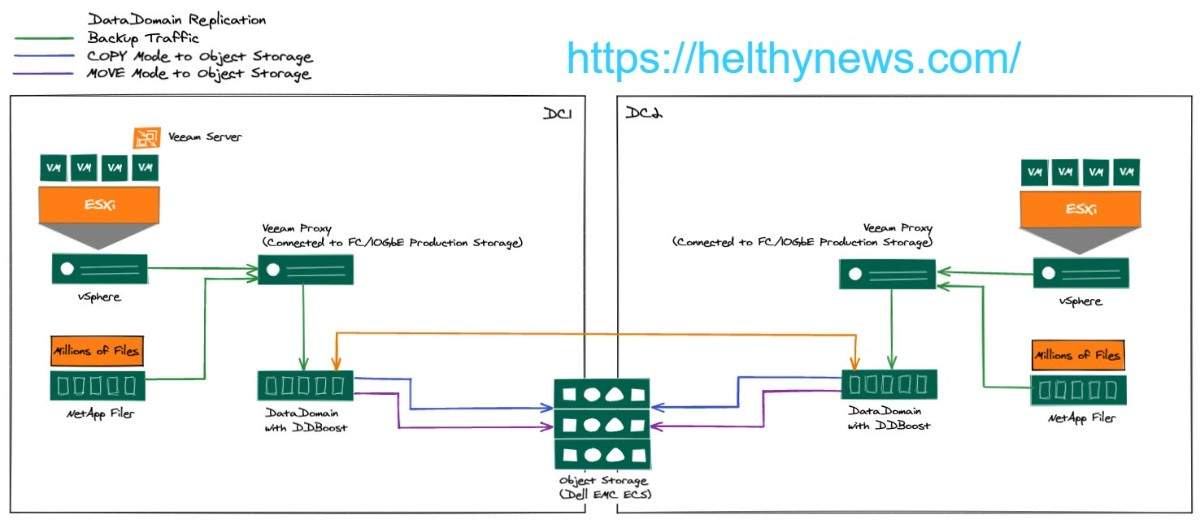
Determining the paternity of a baby refers to identifying the biological father of a child. This is often done for legal or personal reasons, such as establishing custody or child support rights, or simply for peace of mind. There are several methods that can be used to determine paternity, and it is important to understand the different options and the benefits and drawbacks of each.
DNA Testing
A. Overview of DNA Testing
DNA testing is the most accurate method for determining paternity and is typically used in legal or court-ordered situations. The test involves collecting a sample of DNA from the alleged father and the child and comparing their genetic material.
Types of DNA Tests
There are two types of DNA tests that can be performed: a prenatal test, which can be done while the mother is still pregnant, or a postnatal test, which is done after the baby is born. Prenatal DNA tests are typically performed using chorionic villus sampling (CVS) or amniocentesis, both of which are invasive procedures that carry some risks to the mother and the fetus. Postnatal DNA tests are non-invasive and involve collecting a cheek swab or a blood sample from the alleged father and the child.
How DNA Testing Works
DNA testing works by comparing the genetic material of the alleged father with that of the child. If the results show that the alleged father and the child have a matching DNA profile, then the likelihood of paternity is very high. The results of a DNA test are usually available within a few weeks and are considered to be 99% accurate.
Advantages of DNA Testing
The main advantage of DNA testing is its accuracy. DNA testing is the most reliable method for determining paternity, and the results are legally recognized in many countries. In addition, DNA testing is relatively non-invasive and can be done quickly and easily.
Disadvantages of DNA Testing
The main disadvantage of DNA testing is its cost. DNA testing can be expensive, especially if it is done through a private laboratory rather than a government-run facility. In addition, some people may find the process of collecting a DNA sample to be intrusive or uncomfortable.
Blood Testing
Overview of Blood Testing
Blood testing, also known as serological testing, was once widely used to determine paternity but has since been largely replaced by DNA testing. Blood testing works by comparing the blood types of the alleged father and the child, and determining whether the child could have inherited a particular blood type from the alleged father.
How Blood Testing Works
Blood testing involves collecting a sample of blood from the alleged father and the child and analyzing their blood types. Blood types are determined by the presence or absence of certain antigens on the surface of red blood cells. If the alleged father and the child have compatible blood types, it is possible that the child could have inherited the blood type from the alleged father.
Advantages of Blood Testing
The main advantage of blood testing is that it is less invasive than DNA testing. Blood tests can be performed quickly and easily, and do not require any special preparation or procedures. Blood tests are also less expensive than DNA tests.
Disadvantages of Blood Testing
The main disadvantage of blood testing is that it is less accurate than DNA testing. Blood tests can only provide an estimate of the likelihood of paternity and cannot definitively prove or disprove paternity. In addition, blood tests may produce false positive or false negative results, and cannot be used as evidence in a court of law.
Other Methods for Determining Paternity
A. Medical Records
Medical records, such as ultrasound images or obstetrical records, can sometimes provide information about the paternity of a baby. For example, if the alleged father was present during an ultrasound and the physical characteristics of the fetus are consistent with his own, this can provide some evidence of paternity. However, it is important to note that medical records are not a reliable method for determining paternity, and cannot be used as evidence in a court of law.
B. Family History and Physical Appearance
Family history and physical appearance can sometimes provide clues about the paternity of a baby. For example, if the baby shares certain physical characteristics or traits with the alleged father, this could suggest that he is the biological father. However, this method of determining paternity is subjective and can be influenced by a variety of factors, such as genetics, environment, and cultural influences.
C. Limitations of These Methods
The limitations of these methods for determining paternity include their lack of accuracy and subjectivity. They cannot provide definitive proof of paternity and are not recognized as legally binding evidence. In addition, these methods are not always reliable and can be influenced by a variety of factors.
V. Choosing the Right Paternity Testing Method
A. Considerations for Choosing a Testing Method
When choosing a method for determining paternity, it is important to consider factors such as accuracy, cost, and personal preference. DNA testing is the most accurate method, but it is also the most expensive. Blood testing is less accurate, but is less invasive and less expensive.
B. Importance of Consulting with a Healthcare Professional
It is also important to consult with a healthcare professional, such as a doctor or genetic counselor when determining the paternity of a baby. They can provide valuable information about the different testing methods, the risks, and benefits of each, and help you make an informed decision about which method is best for you.
Using a Calculator
You can also predict the paternity of a child through a review of the men a woman had sex with during her fertile window days. A calculator like the “Who got me pregnant calculator” on womencalculators.com can guide you in doing that.
VI. Conclusion
In conclusion, determining the paternity of a baby is an important decision that can have legal and personal implications. The most accurate method for determining paternity is DNA testing, but there are also other options available, such as blood testing or medical records. When choosing a method for determining paternity, it is important to consider factors such as accuracy, cost, and personal preference, and to consult with a healthcare professional. Regardless of the method chosen, accurate paternity testing can provide important information for legal and personal reasons.





